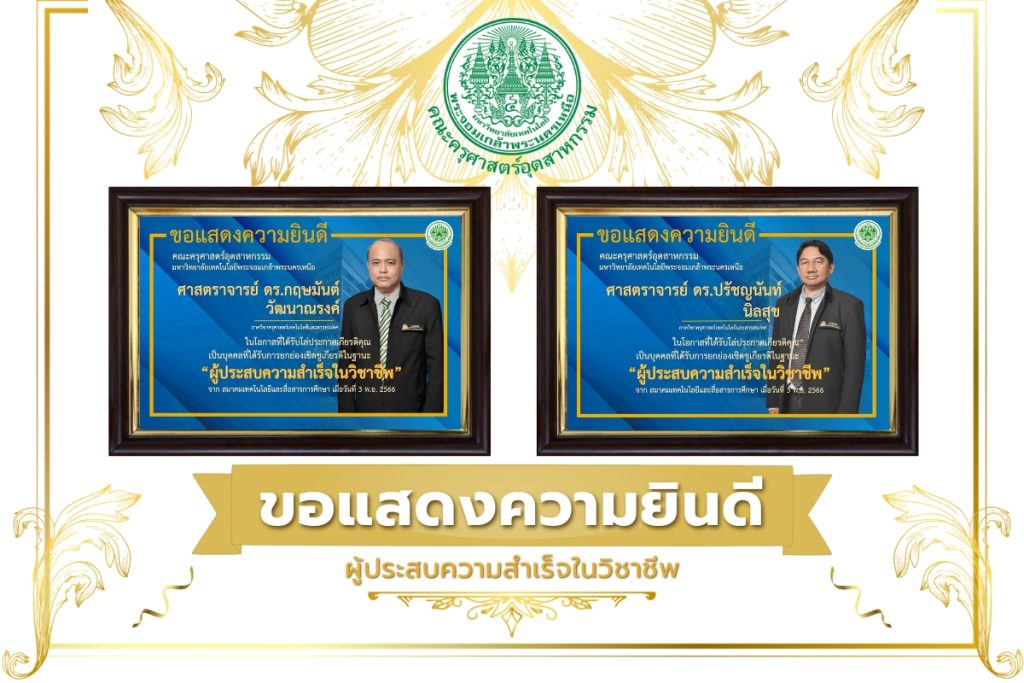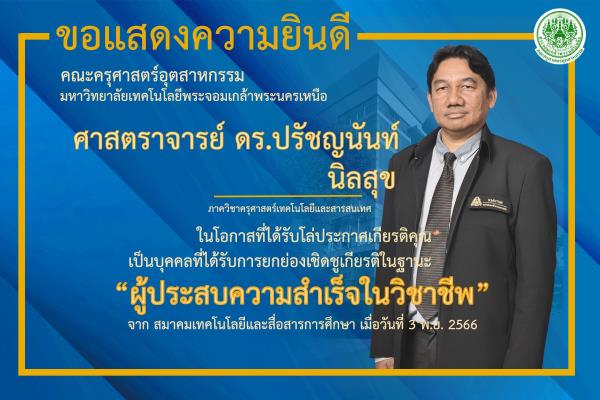ABSTRACTThis article presents the development of fabricator competency for engineering students in tertiary education during the seamless era. This study explored the approach to synthesizing, designing, and developing fabricator competency. The study identified six key components of fabricator competency: 1) Knowledge of materials, 2) Problem-solving and design, 3) Using design software, 4) Using hardware and machines, 5) Safety knowledge and awareness, and 6) Communication and publication. This study emphasizes the importance of human poten-tial development, specifically in the case of engineering students in tertiary education. A com-petency framework for a fabricator in the seamless era has been developed by synthesizing, designing, and developing fabricator competencies based on published research on fabrica-tor competency.
Srisawat, S., Wannapiroon, P., Nilsook, P. (2023). A Fabricator Competency for Engineering Students in Tertiary Education.
International Journal of Engineering Pedagogy (iJEP), 13(8), pp. 117–130.
https://doi.org/10.3991/ijep.v13i8.41653


